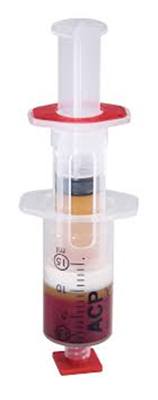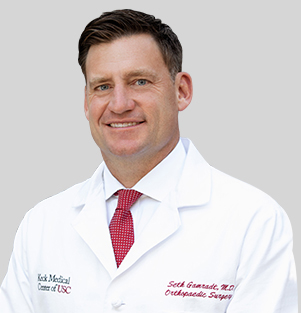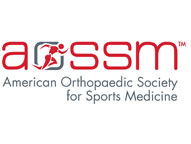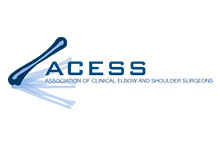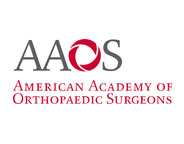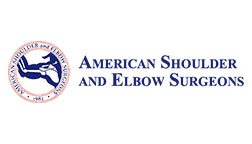WHAT IS IT
- Platelet rich plasma is a concentration of the blood platelets by centrifuge.
WHAT CAN BE TREATED WITH PRP?
- Joint Sprains
- Muscle Strains
- Achilles tendonitis or other form of tendonitis
- Early degenerative joint disease (arthritis)
- Partial ligament tears
- Plantar Fasciitis
PRP PROCEDURE
- 15 cc blood drawn from arm
- Blood is spun in centrifuge in special syringe to yield 3-4 cc of PRP
- PRP is then injected into the site of pain or injury
RECOVERY
- injection is initially accompanied by some discomfort and icing and Tylenol is recommended after procedure
- The effect of the PRP begins to take effect over the course of 2-6 weeks.
- PRP Injection can be repeated at 1-3 weeks post first injection
COST
- $1025
- It is unusual for insurance to cover PRP injection
PRP Double Syringe System
